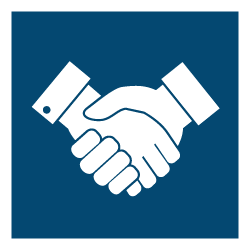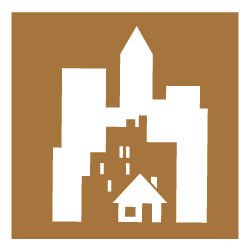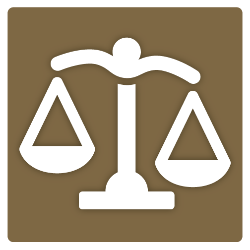
Measuring that Matters
High-impact organizations relentlessly focus on achieving outcomes tied to meaningful, measurable change in lives, systems, and communities. They infuse performance management in all levels of their organizations. Staff relish the ability to improve their approaches and inform their decisions with internal and external data, research, and practice evidence. Organizations also commit to using evidence to educate funders, government agencies, and the public on the impact of their social interventions.
The Imperative for Measuring that Matters: Because funders and the general public are calling for greater transparency in understanding nonprofits’ return on investment, organizations must track and communicate the difference they are making with children, adults, families, and communities.
High-impact organizations relentlessly focus on achieving outcomes tied to meaningful, measurable change in lives, systems, and communities, and they can document how they deliver on their missions.
High-impact organizations infuse a performance management culture in all levels of their organizations. All staff can see how their work contributes to the execution of the organization’s mission because their missions connect to theories of change that, in turn, correspond to data that is monitored. Staff of organizations that are committed to Measuring that Matters feel chronically dissatisfied, but they find and celebrate successes in the data that keep them proud and hopeful. Staff and volunteers are driven by a commitment to performance excellence and regard data collection, not as an end for compliance’s sake, but as a means for continuous quality improvement.
While many high-impact organizations will still use systems and resources to track metrics required by funders that they would not otherwise track, they search for ways to maximize alignment and strategic uses. They advocate for change around reporting regulations and requirements. High-impact organizations work with children, families, and communities to identify and track the outcomes that will lead to their goals and aspirations.
Committing to Measuring that Matters goes beyond data and performance management to include a culture of continuous learning. High-impact organizations stay abreast of emerging trends, research, and practice evidence, and they use this information to adapt existing and create new approaches. They also contribute their own knowledge to the field and seek out and create research partnerships.
Organizations also commit to using evidence, including data, stories, and testimonials, to educate funders, government agencies, and the public on the impact of their work with children, families, and communities. They are committed to creating and demonstrating a return on investment for their communities and go beyond performance and operational metrics to determine improved well-being of individuals and better states for communities.










